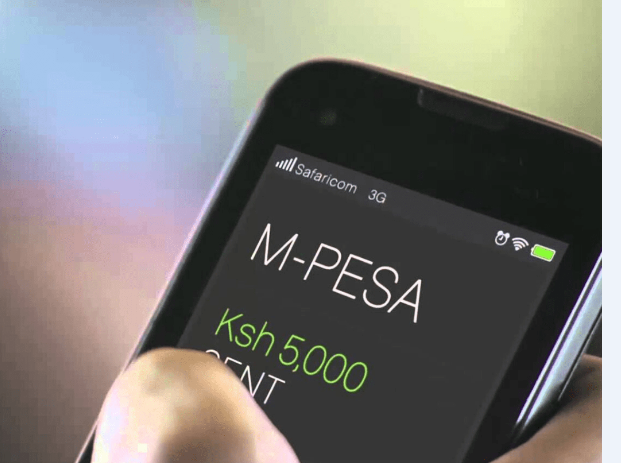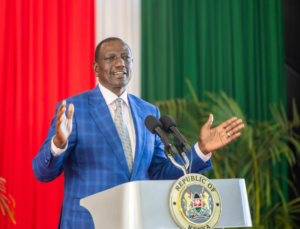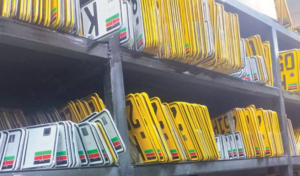Kenyans Transferred Ksh684.5 Billion To One Another On Mobile Money in 3 Months – Report

The value of Person to Person transfer over mobile money platforms hit Ksh 684.5 Billion in three months to December, latest statistics from Communications Authority of Kenya (CA) indicates.
The massive transaction count not only makes mobile transactions a key cog in the economic wheel, but also stamps the fact that Kenyans can use digital finance as a lever to influence social distancing and Person to Person (P2P) transactions in an infectious health crisis, such as the COVID-19.
Unlike formative years when mobile money platforms were largely used for person-to-person (P2P) cash transfers, they are now increasingly being used to purchase of goods, processing of instant short-term loans as well as making payments for government services.
Read: 10 Cybersecurity Safety Tips While Working From Home
During the period under review, Consumer to Business transfers were valued at Ksh294 Billion, Business to Consumer transfers stood at Ksh377.4 Billion, while the value of transfer from Business to Business stood at Ksh 859.6 Billion.
The value of consumer to government payments were Ksh 9.7 Billion.
The data released today, comes on the backdrop of the government and Mobile Network Operators announcement that all person-to-person (P2P) transactions under Ksh1,000 will not attract sending fee for the next 90 days. This is in a bid to reduce the physical exchange of currency in response to the COVID-19 outbreak, that has so far seen 50 persons in the country test positive and claimed one life.
Read: Paxful Launches A List Of Top 10 African Women To Watch In Blockchain And Bitcoin
During the period , the number of active registered mobile money subscriptions stood at 28.9 million , while the number of active mobile money agents stood at 205,328. Safaricom’s M-Pesa recorded the highest market share of 98.8 percent, whereas T-Kash recorded the lowest market share of 0.07 percent
According to the report as at 31st December 2019, the number of active mobile subscriptions (SIM Cards) in the country stood at 54.5 million translating to mobile (SIM) penetration of 114.8 percent.
“Mobile (SIM) penetration in the country remains high partly due to multiple SIM ownership by consumers. This indicator is different from that on mobile phone use penetration that is determined through national surveys,” read part of the report.
Read: How Can Providers Make Digital Credit More Profitable?
The market shares in mobile subscriptions for Safaricom PLC declined by 0.1 percentage points in to stand at 64.8 percent. Airtel Networks gained by 1.3 percentage points to post a market share of 25.9 percent.
Whereas both Telkom Kenya and Equitel lost by 0.5 percentage points to record market shares of 6.2 and 3.1 percent respectively.
The Authority developed and published the definitions and methodologies of collecting and reporting telecommunications/ICT indicators, as well as revision of the data collection template during the quarter under review, which resulted saw Airtel revise its reporting on outgoing mobile voice traffic. This also saw the three operators, Safaricom, Airtel and Telkom Kenya review their data collection templates.
The total local outgoing mobile voice traffic declined by 16.2 percent during the period under review to post 14.9 billion minutes from 17.8 billion minutes posted during the previous period.
“This decline is attributed to the drop in on-net voice traffic from 16.1 billion recorded last quarter to 13.2 billion during the quarter under review. The huge decline in on-net traffic was occasioned by revision made by Airtel Networks Limited, which resulted in a reduction on its on-net voice numbers by almost half, that of the last quarter,” read part of the report.
Read: Little Partners With Truecaller For Automated Customer Registration
Prior to the development and publishing of the new guide, on the definitions and methodologies of collecting and reporting telecommunications/ICT indicators, by the Authority, Airtel had been summing incoming and outgoing on-net traffic in previous quarters instead of providing outgoing traffic only considering that ideally only outgoing traffic is billed.
With the new guide, Airtel Networks, Safaricom PLC and Telkom Kenya revised their data especially that on mobile data subscriptions which account for 99 percent of data/internet subscriptions. In this respect, the total data/internet subscriptions declined to stand at 39.6 million, of which 22.0 million subscriptions were on broadband.
During the quarter, the National KE-CIRT/CC detected 37.1 million cyber threats as compared to 25.2 million cyber threat events detected in the period July – September 2019. This was a 47.3 percent increase as compared to the previous quarter which is attributed to an exponentially high number of malware threats detected.
For all the latest technology and business news from Kenya and the world, follow us on Twitter and like us on Facebook.






